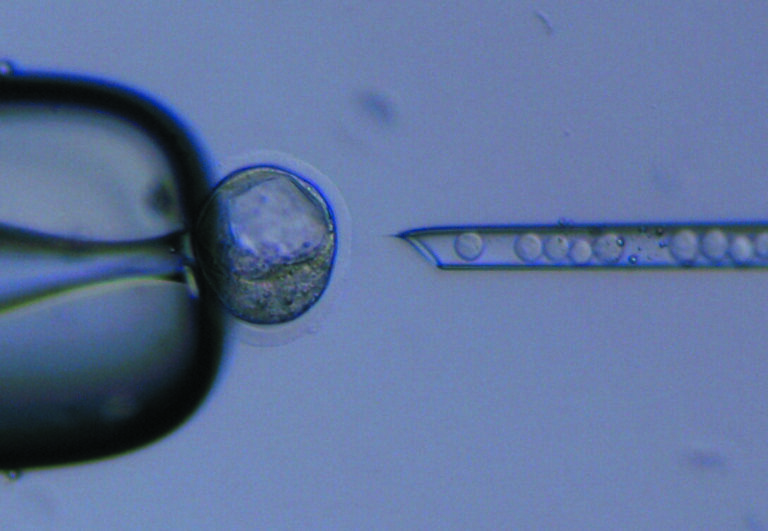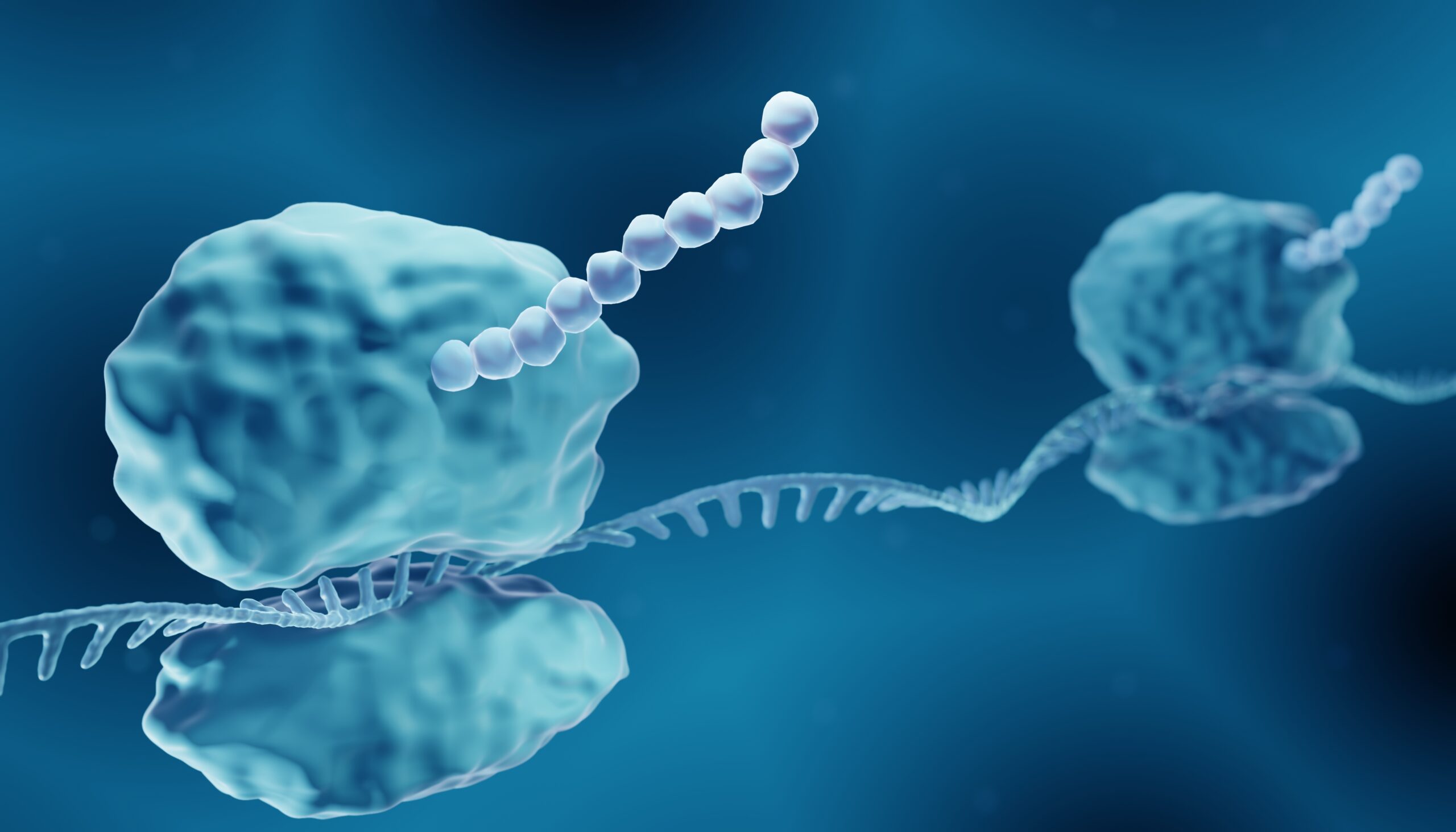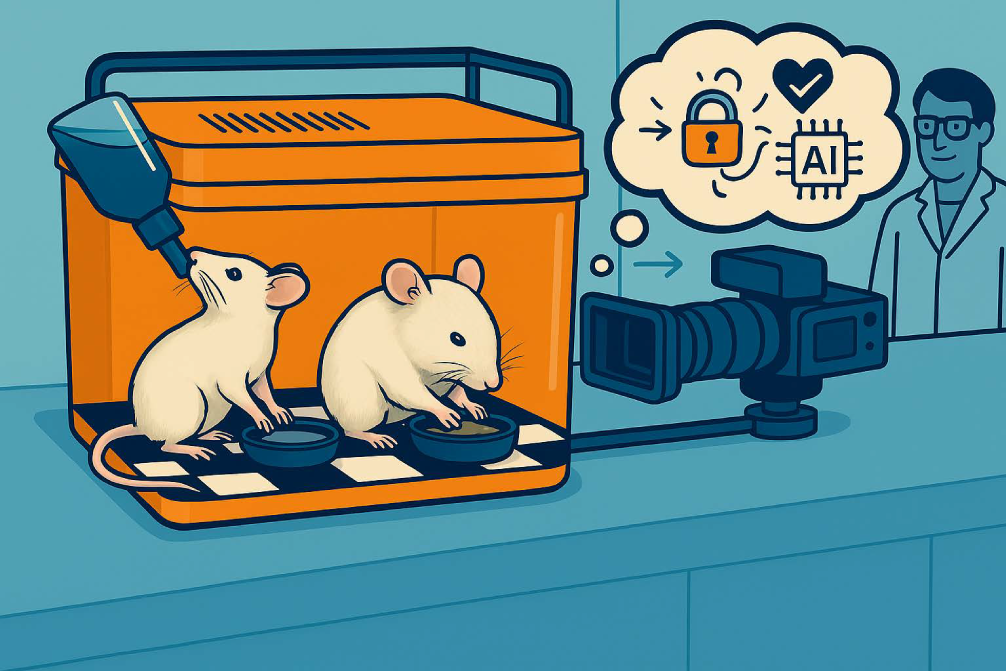A new mouse model generated at the Mary Lyon Centre at MRC Harwell has provided an explanation for why a toxin produced by E. coli bacteria particularly targets the kidneys as the most common cause of kidney failure in children. Research led by a team at the University of Bristol and published today in Med suggests that early treatment with the drug eculizumab might prevent life-threatening kidney damage and death in some children.
Hemolytic uremic syndrome (HUS) is a rare but serious condition that affects the blood and blood vessels. It causes the tiny filtration units in the kidneys, called glomeruli, to become blocked by small blood clots. In most cases, HUS is caused by infection with a particular strain of E. coli bacteria, found in contaminated food (particularly poorly cooked beef burgers) or soil, which makes a toxin called Shiga toxin. This particular form of HUS is known as Shiga toxin-producing Escherichia coli HUS (STEC-HUS). Until now it has been unclear how and why Shiga toxin targets the kidney filters and there are no specific therapies.
Previous work had demonstrated that Shiga toxin interacts with human cells via a cell surface receptor called Gb3. In humans, Gb3 is found in two different types of cells found in the glomeruli: glomerular endothelial cells and podocytes. However, in mice, Gb3 expression is predominantly outside the glomeruli and infection with Shiga toxin leads to a different type of kidney disease without evidence of the kinds of effects seen in the glomeruli in STEC-HUS. Therefore, generating a mouse model that could accurately replicate the human disease would be more complicated than creating a simple knockout.
Before generating a mouse that exclusively produced Gb3 in its podocytes, staff at the Mary Lyon Centre first generated a Gb3 whole-body null mouse. This was achieved by globally deleting the Gb3 synthase enzyme that allows production of Gb3. Importantly, Gb3 null mice were completely protected from the toxicity of injected Shiga toxin.
They then generated an inducible tetracycline-controlled podocyte-specific Gb3-expressing mouse on an otherwise Gb3 null background. This involved engineering a tet-on Gb3 synthase mouse and crossing this mouse with a podocin rtTA mouse, to create a mouse in which administration of doxycycline induces production of Gb3 synthase in podocytes. This was then backcrossed with the Gb3 null mouse so that any effect of Shiga toxin infection was due to the Gb3 produced in the podocytes. These mice were then infected with Shiga toxin and were found to develop a number of features of HUS, including thrombocytopenia, microcytic hemolytic anemia, and uremia.
The team found that Shiga toxin infection in these mice led to activation of part of the immune system called the ‘complement pathway’, causing blood clots to form in the tiny blood vessels of the kidney’s filters. Critically, the team demonstrated in both the mice and in human kidney cells that STEC-HUS can be successfully treated by inhibiting the complement pathway early in the disease process with a drug called eculizumab.
First author Dr Emily Bowen: ‘’For the first time we have been able to generate a model of Shiga toxin HUS that replicates (the) human disease. Future work using this model will facilitate greater insight into the window of opportunity available for treatment with complement inhibitors’’.
These exciting results suggest that if doctors could identify HUS cases early, eculizumab could be effective in preventing the leading cause of kidney failure in children. Increased understanding of the condition, research into potential early markers of disease and improved diagnosis of Shiga toxin-producing E. coli infection could help doctors to intervene before infection causes kidney damage.
This work was supported by funding from the Medical Research Council and Kidney Research UK. The international team included researchers from Bristol Renal at the University of Bristol; Bristol Royal Hospital for Sick Children, UK; Hospital for Sick Children in Toronto, Canada; University of Manchester, UK; School of Medicine at Cardiff University, UK and Arkana Laboratories in Arizona, USA, alongside staff at the Mary Lyon Centre.
Paper
Bowen et al., Shiga toxin targets the podocyte causing hemolytic uremic syndrome through endothelial complement activation, Med (2023), https://doi.org/10.1016/j.medj.2023.09.002



